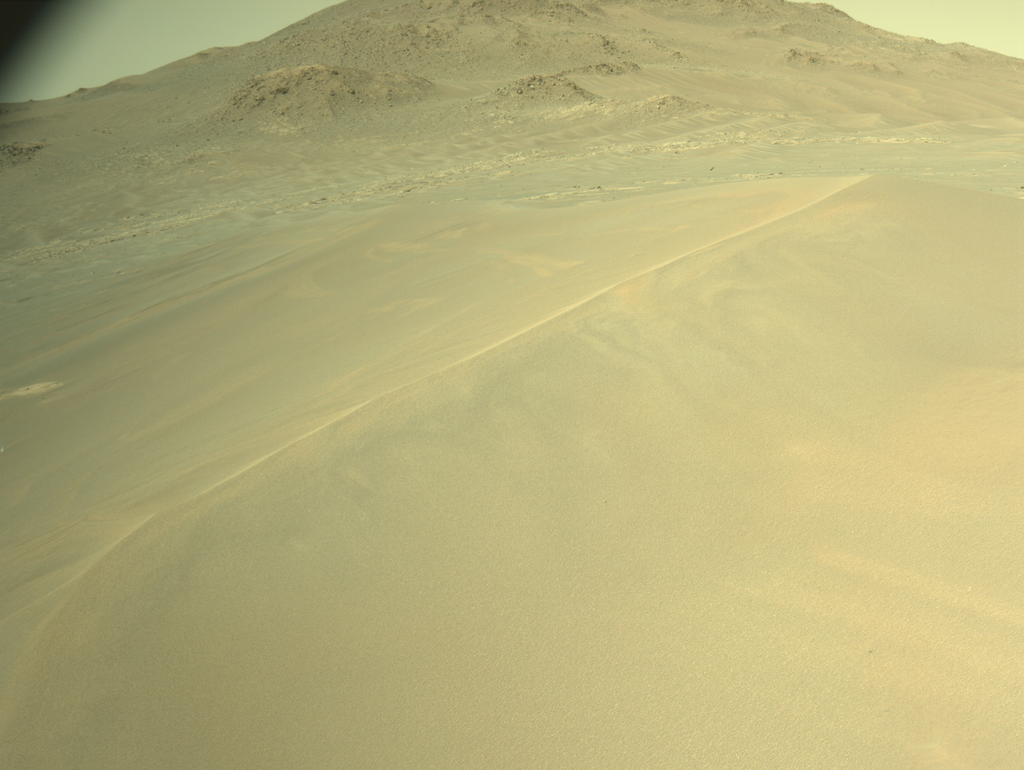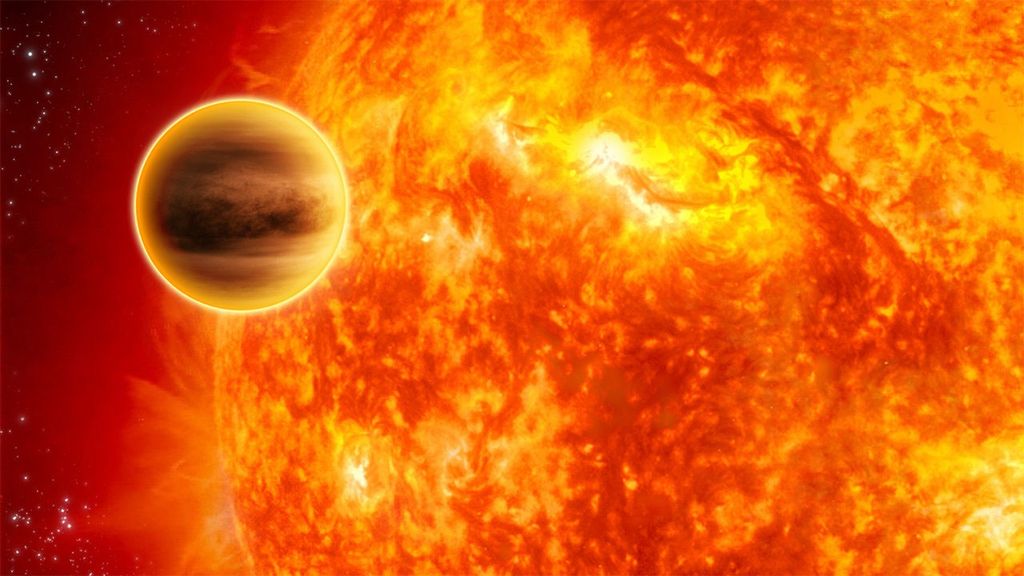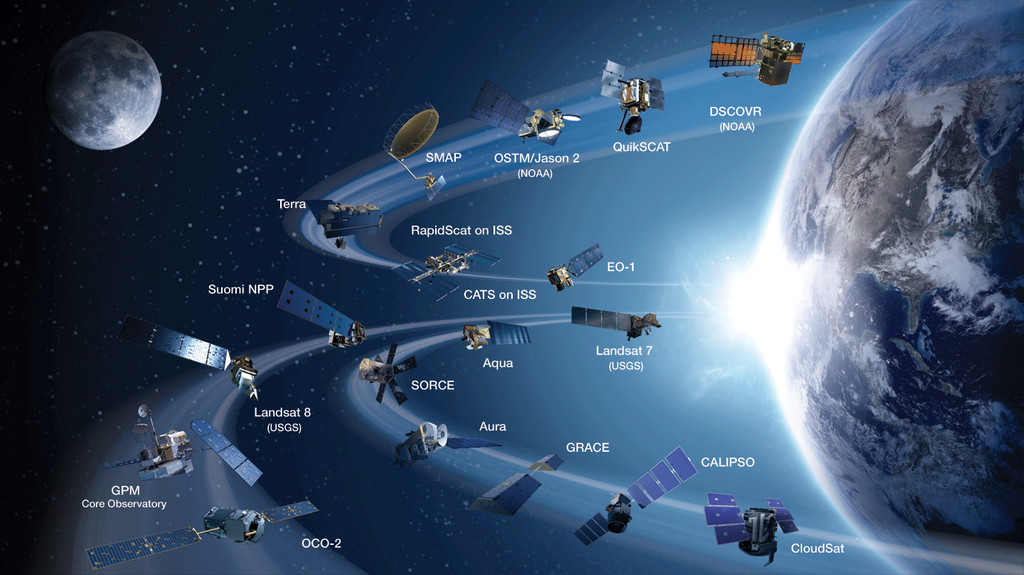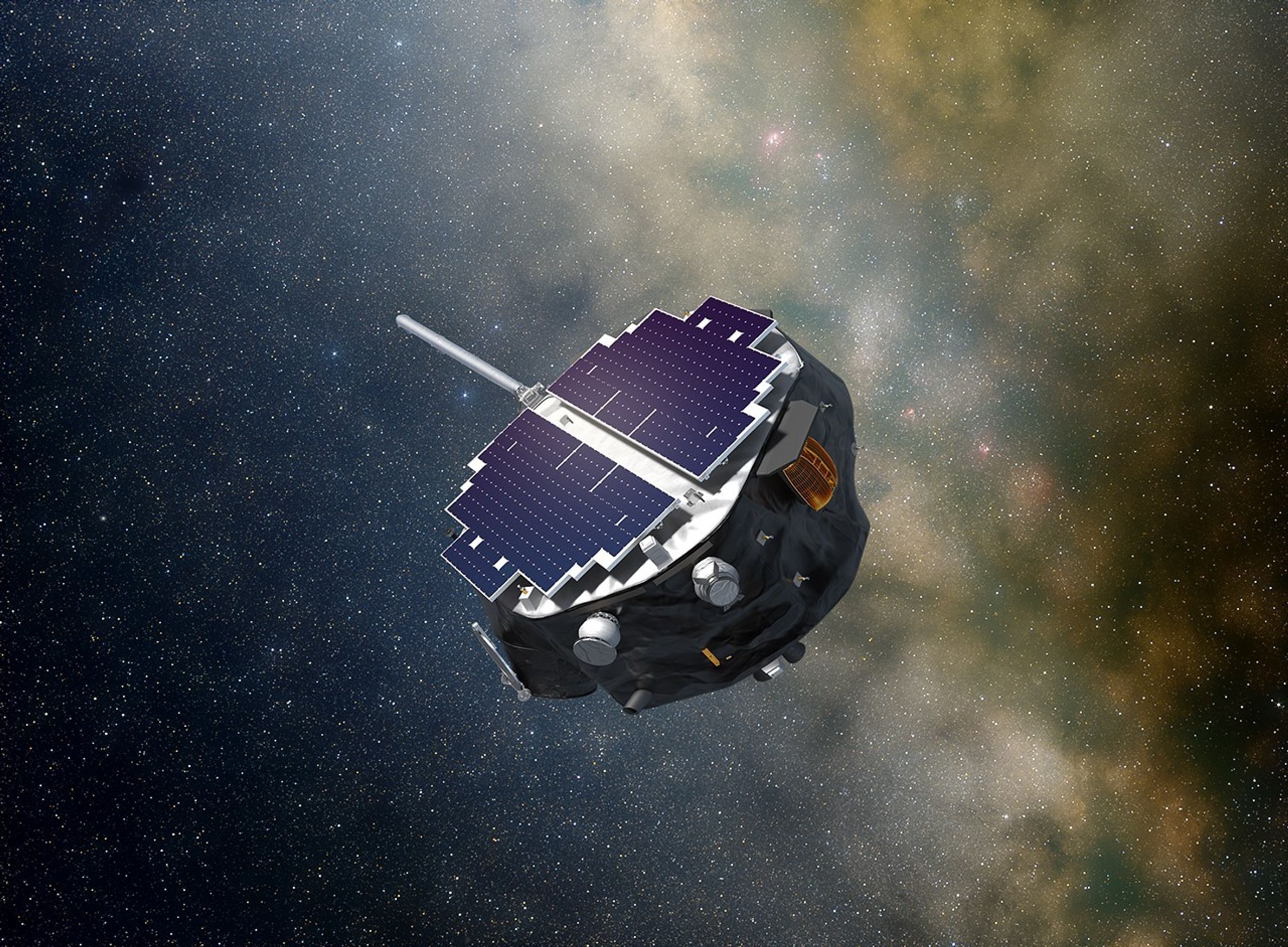NASA’s IMAP Mission: Understanding Our Heliosphere
NASA’s IMAP (Interstellar Mapping and Acceleration Probe) will help researchers better understand the boundary of the heliosphere, a vast magnetic bubble created by the Sun surrounding and protecting our solar system from harmful radiation across the galaxy. The heliosphere consists of the continual flow of energetic particles from the Sun, known as solar wind, as well as the material found between the stars, known as the interstellar medium.
The IMAP observatory, equipped with 10 science instruments, will take 108 days to reach Lagrange point (L1), approximately one million miles from Earth in the direction of the Sun, to study the physics behind how particles gain energy. The L1 vantage point will provide an unobstructed view of solar activity and can help explain how our solar system supports life, as well as aid in the search for life beyond our solar system.
Additionally, IMAP will support real-time observations of the solar wind and energetic particles, which can producer hazardous conditions in space environment near Earth. The IMAP mission can deliver approximately 30-minutes of advance warning for incoming radiation, which is crucial as NASA prepares for the Artemis II mission around the Moon in early 2026 —and future human flights to Mars.
The IMAP Active Link for Real-Time system will use a portion of data from IMAP’s instruments to provide enhanced space weather information. This system will frequently broadcast reliable data for space weather models, enabling significantly improved forecasting and warnings of elevated levels of harmful solar particles.
The scientific goals and objectives of the IMAP mission are built on a legacy of discoveries from previous missions that have deepened our understanding of the heliosphere and its dynamics, tracing back to NASA’s Voyager program, which began in the 1970s. Since 2009, NASA’s Interstellar Boundary Explorer (IBEX) mission has provided all-sky imaging, offering a comprehensive global view of the heliosphere’s boundary. Combined data from both Voyager and IBEX has enabled scientists to develop more detailed models of the boundary of our solar system. New instruments aboard IMAP will collect data across a wider energy range and more frequently than IBEX, allowing for more precise mapping of the heliosphere.
Princeton University professor David J. McComas leads the IMAP mission with an international team of 27 partner institutions. The spacecraft was built and is operated by the Johns Hopkins Applied Physics Laboratory in Laurel, Maryland. The Explorers and Heliophysics Projects Division at NASA’s Goddard Space Flight Center in Greenbelt, Maryland, manages the program for the Heliophysics Division of NASA’s Science Mission Directorate.
NASA’s Launch Services Program, based at NASA’s Kennedy Space Center in Florida, manages the launch service for the mission.



























